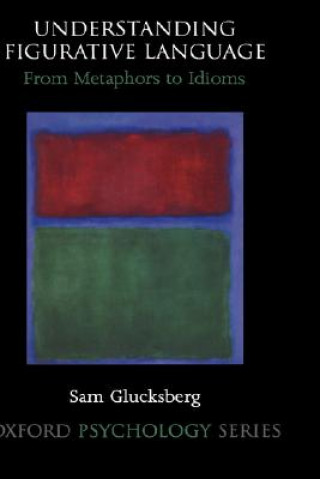
Kód: 04514063
Understanding Figurative Language
Autor Sam Glucksberg
This book examines how people understand utterances that are intended figuratively. Traditionally, figurative language such as metaphors and idioms has been considered derivative from more complex than ostensibly straightforward l ... celý popis
- Jazyk:
 Angličtina
Angličtina - Väzba: Pevná
- Počet strán: 144
Nakladateľ: Oxford University Press Inc, 2001
- Viac informácií o knihe

66.83 €
Bežne: 74.97 €
Ušetríte 8.14 €

Skladom v malom množstve
Odosielame do 24 hodín
Potrebujete viac kusov?Ak máte záujem o viac kusov, preverte, prosím, najprv dostupnosť titulu na našej zákazníckej podpore.
Pridať medzi želanie
Mohlo by sa vám tiež páčiť
-

Animal Anatomy for Artists
84.83 € -
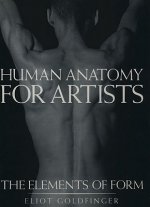
Human Anatomy for Artists
94.13 € -

Midwest Studies in Philosophy V25 - Figurative Language
68.14 € -
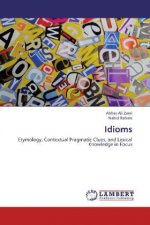
Idioms
49.64 € -5 % -
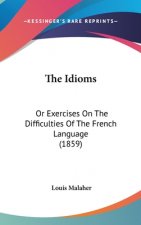
Idioms
54.80 € -
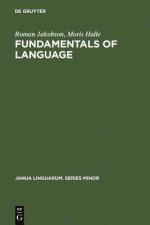
Fundamentals of Language
146.21 € -4 % -

Know Thyself
36.39 € -

Figures of Speech
42.16 € -

Wallace Stevens: Poetry, Philosophy, and Figurative Language
92.61 € -

Lost Days
19.30 € -

Abraham Lincoln, a History
49.03 € -

The Missing Playbook
17.18 € -5 % -

Power of Passive Investing
29.52 € -4 % -

Constructive Anatomy
9.39 € -23 %
Darčekový poukaz: Radosť zaručená
- Darujte poukaz v ľubovoľnej hodnote, a my sa postaráme o zvyšok.
- Poukaz sa vzťahuje na všetky produkty v našej ponuke.
- Elektronický poukaz si vytlačíte z e-mailu a môžete ho ihneď darovať.
- Platnosť poukazu je 12 mesiacov od dátumu vystavenia.
Viac informácií o knihe Understanding Figurative Language
 Anotácia knihy
Anotácia knihy
This book examines how people understand utterances that are intended figuratively. Traditionally, figurative language such as metaphors and idioms has been considered derivative from more complex than ostensibly straightforward literal language. Glucksberg argues that figurative language involves the same kinds of linguistic and pragmatic operations that are used for ordinary, literal language. Glucksberg's research in this book is concerned with ordinary language: expressions that are used in daily life, including conversations about everyday matters, newspaper and magazine articles, and the media. Metaphor is the major focus of the book. Idioms, however, are also treated comprehensively, as is the theory of conceptual metaphor in the context of how people understand both conventional and novel figurative expressions. A new theory of metaphor comprehension is put forward, and evaluated with respect to competing theories in linguistics and in psychology. The central tenet of the theory is that ordinary conversational metaphors are used to create new concepts and categories. This process is spontaneous and automatic. Metaphor is special only in the sense that these catagories get their names from the best examples of the things they represent, and that these categories get their names from the best examples of those categories. Thus, the literal "shark" can be a metaphor for any vicious and predatory being, from unscrupulous salespeople to a murderous character in The Threepenny Opera. Because the same term, e.g.,"shark," is used both for its literal referent and for the metaphorical category, as in "My lawyer is a shark," we call it the dual-reference theory. The theory is then extended to two other domains: idioms and conceptual metaphors. The book presents the first comprehensive account of how people use and understand metaphors in everyday life.
 Parametre knihy
Parametre knihy
Zaradenie knihy Knihy po anglicky Society & social sciences Psychology Cognition & cognitive psychology
66.83 €
- Celý názov: Understanding Figurative Language
- Podnázov: From Metaphor to Idioms
- Autor: Sam Glucksberg
- Jazyk:
 Angličtina
Angličtina - Väzba: Pevná
- Počet strán: 144
- EAN: 9780195111095
- ISBN: 0195111095
- ID: 04514063
- Nakladateľ: Oxford University Press Inc
- Hmotnosť: 367 g
- Rozmery: 243 × 163 × 15 mm
- Dátum vydania: 16. August 2001
Obľúbené z iného súdka
-

Thinking, Fast and Slow
13.03 € -11 % -
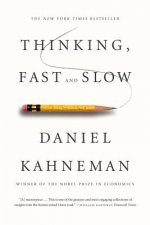
Thinking, Fast and Slow
21.22 € -
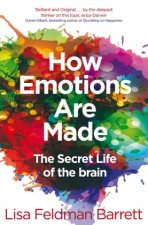
How Emotions Are Made
11.32 € -21 % -
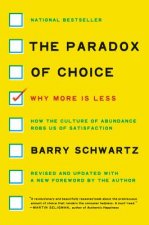
The Paradox of Choice
13.64 € -20 % -

Five Minds for the Future
23.35 € -19 % -

Frames of Mind
20.21 € -22 % -
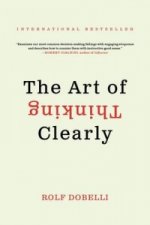
The Art of Thinking Clearly
7.98 € -20 % -

250 Brief, Creative & Practical Art Therapy Techniques250 Brief, Creative & Practical Art Therapy Techniques
30.53 € -18 % -
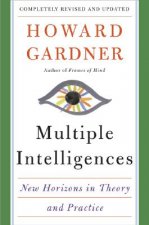
Multiple Intelligences
22.44 € -
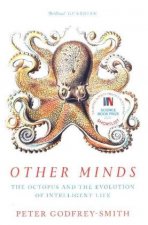
Other Minds
11.11 € -22 % -
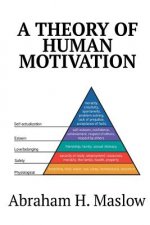
Theory of Human Motivation
6.36 € -12 % -
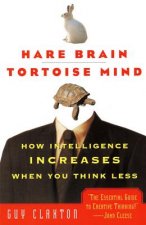
Hare Brain, Tortoise Mind
17.18 € -5 % -

Gödel, Escher, Bach
21.93 € -15 % -

The Memory Illusion
11.52 € -19 % -

Where Good Ideas Come From
12.12 € -23 % -

Present Moment in Psychotherapy and Everyday Life
48.12 € -
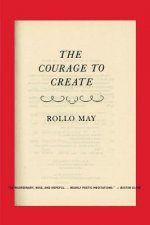
Courage to Create
13.03 € -18 % -
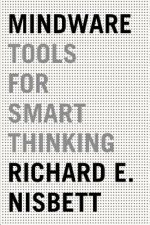
MINDWARE: TOOLS FOR SMART THINKING
15.46 € -18 % -
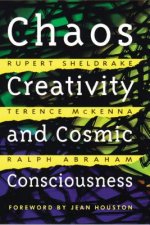
Chaos, Creativity, and Cosmic Consciousness
18.09 € -15 % -

Love & Will
16.17 € -14 % -
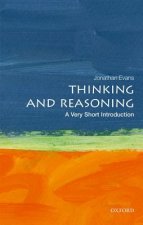
Thinking and Reasoning: A Very Short Introduction
10.71 € -10 % -

White Bears and Other Unwanted Thoughts
22.03 € -
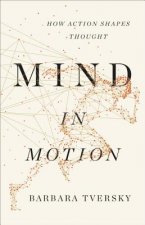
Mind in Motion
33.06 € -7 % -

Genius Frequency
24.56 € -

Willpower
12.12 € -23 % -
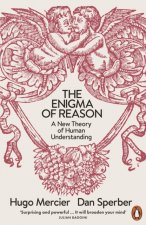
Enigma of Reason
12.53 € -20 % -

WHY WE LOVE
19.81 € -6 % -
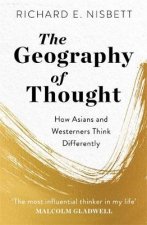
Geography of Thought
12.02 € -18 % -
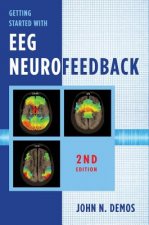
Getting Started with EEG Neurofeedback
50.55 € -
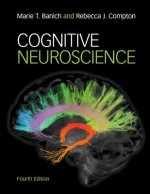
Cognitive Neuroscience
69.96 € -

Eyewitness Testimony
50.65 € -
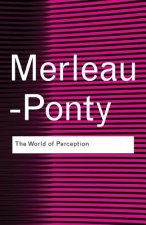
World of Perception
22.94 € -4 % -

Trauma and Memory
19.40 € -16 % -

Risk Savvy
11.11 € -22 % -

How We Learn
15.36 € -15 % -
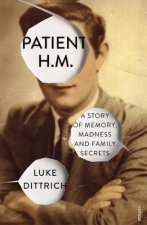
Patient H.M.
12.12 € -23 % -

Visual Thinking
19.91 € -15 % -
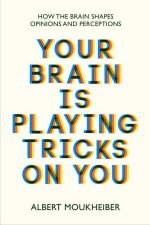
Your Brain Is Playing Tricks On You
11.72 € -18 % -
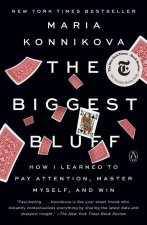
Biggest Bluff
12.93 € -9 % -
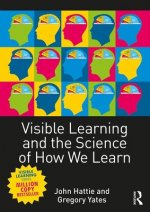
Visible Learning and the Science of How We Learn
49.13 € -
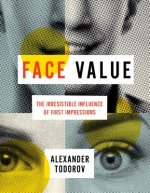
Face Value
43.07 € -
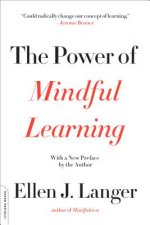
Power of Mindful Learning
15.97 € -21 % -

Wednesday Is Indigo Blue
43.98 € -
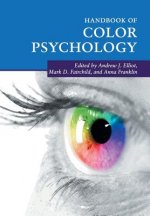
Handbook of Color Psychology
75.63 € -
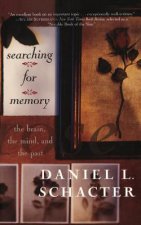
Searching For Memory
35.68 € -
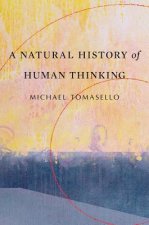
Natural History of Human Thinking
24.66 € -3 % -

Medieval Craft of Memory
39.83 € -

Oxford Handbook of Suicide and Self-Injury
64.20 € -
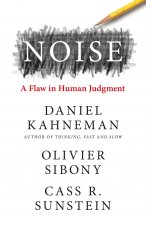
Noise
25.17 €
Osobný odber Bratislava a 2642 dalších
Copyright ©2008-24 najlacnejsie-knihy.sk Všetky práva vyhradenéSúkromieCookies


 21 miliónov titulov
21 miliónov titulov Vrátenie do mesiaca
Vrátenie do mesiaca 02/210 210 99 (8-15.30h)
02/210 210 99 (8-15.30h)